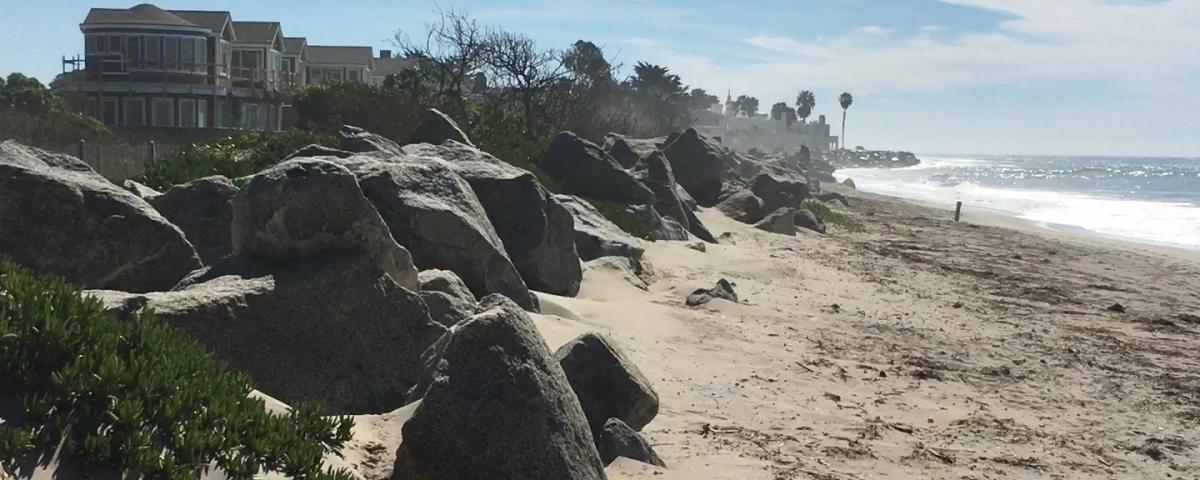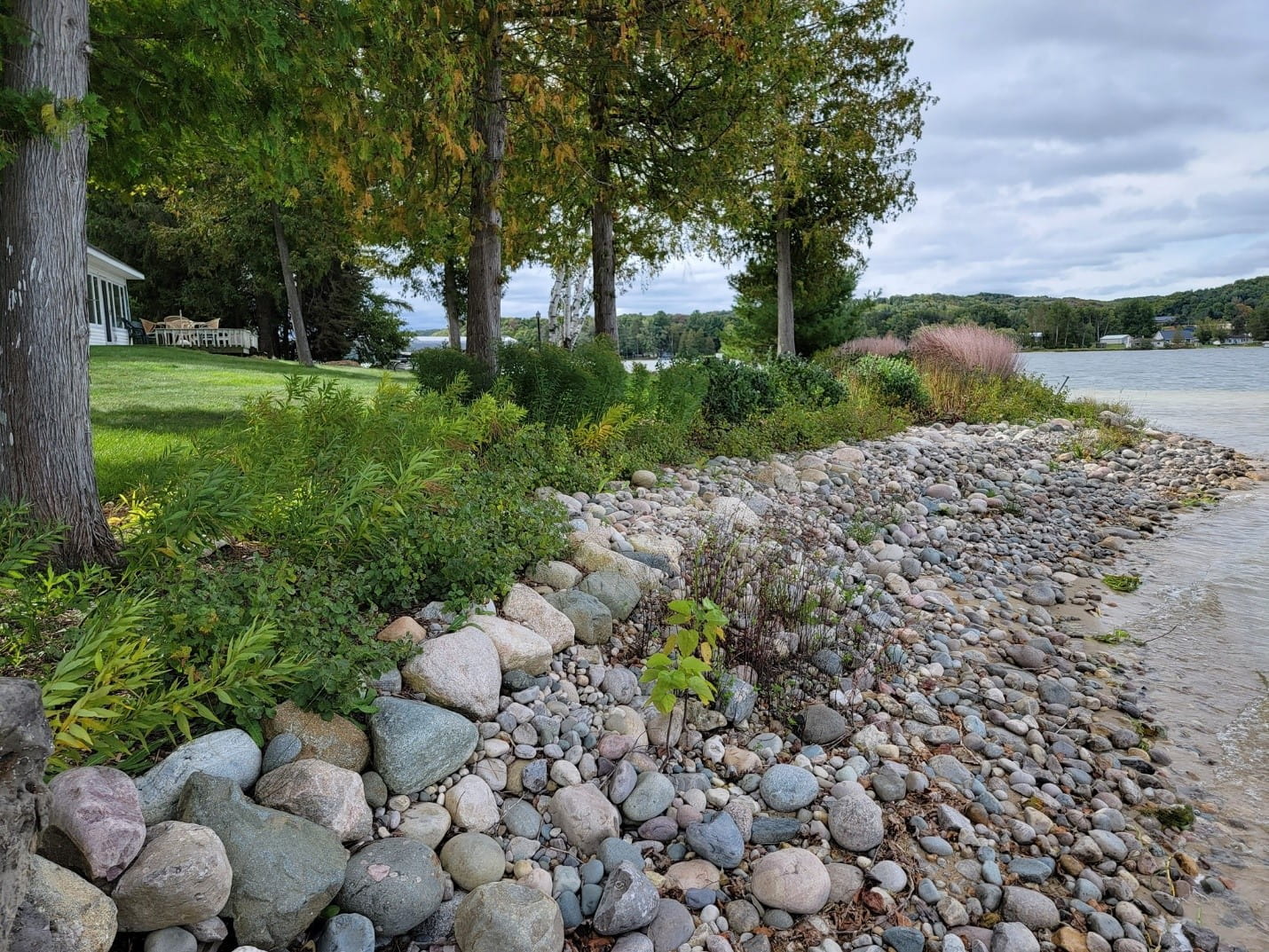The Ultimate Guide To Shore Protect Team
Table of Contents3 Simple Techniques For Shore Protect TeamThe 5-Minute Rule for Shore Protect TeamSome Known Details About Shore Protect Team The Definitive Guide to Shore Protect TeamThe Facts About Shore Protect Team UncoveredSome Of Shore Protect TeamThe Best Strategy To Use For Shore Protect Team
Decrease in residential property value: As the area tourist is impacted by disintegration, so then is the economic situation. Customers are less most likely to look for a beach house that can be ruined at any minute by the upcoming flooding and erosion emergency situation. In turn, residential property worth can go down immensely and impact the whole region.Whether a coastline is simply little and jampacked or has to close completely for the safety and security of the community and nearby residential or commercial properties, this substantially impacts tourist. Subsequently, regional economic situations are affected (https://anyflip.com/homepage/zbijn#About). Danger of injury: The raised danger of flooding and architectural failures causes an increased risk of injury to neighboring visitors and area members

Coastline stabilization is directly associated to their job. Waterfront resorts: Due to the fact that shoreline disintegration effects tourism, it affects the success of waterside resorts.
How Shore Protect Team can Save You Time, Stress, and Money.
Coastal industrial services: No travelers indicates no company. Coastal state parks: State parks that exist along coastlines are at threat of damage.
Tough stabilization utilizes man-made structures as security to control disintegration. A lot of types of difficult stablizing like seawalls and sheet steel are not perfect for shoreline stabilization.
The Definitive Guide to Shore Protect Team
There's additionally not adequate proof of their efficiency depending upon the kind of coastline and regional problems. Difficult stabilization strategies have a tendency to be more tough to install and don't match the natural visual, sticking out like an aching thumb and hurting regional environments in many situations. Beach nourishment is the process of adding shed sand and debris back to coastlines after erosion has actually taken place.
TrapBags help in the process of coastline sustenance by protecting all-natural ecosystems and permitting plants to expand. They're: Eco friendly: You can utilize indigenous dirt both to border and to fill the TrapBags.

Some Ideas on Shore Protect Team You Need To Know
They can additionally be installed without any type of hefty machinery. Economical: TrapBags are ideal for both tiny and huge locations of coastline.
The suitable seawall style depends on location-specific facets, consisting of bordering disintegration procedures. There are 3 primary kinds of seawalls: upright, bent, stepped, and mounds (see table below).
All-natural obstacles, such as coral reefs and mangrove woodlands, avoid the spread of tidal waves and the flow of seaside waters and alleviated the flood and rise of water. A cost-benefit technique is an efficient method to establish whether a seawall is suitable and whether the benefits are worth the expense.
Shore Protect Team Things To Know Before You Get This
A seawall is a static attribute which can clash with the vibrant nature of the shore and hinder the exchange of debris in between land and sea. Benefits and disadvantages of seawalls according to Short (1999) Advantages Drawbacks Long term solution in comparison to soft coastline nourishment (https://www.pinterest.com/pin/1042231538777126616).

This can trigger beaches to dissipate, providing them worthless for beach goers. Typically, seawalls can be an effective method to regulate coastal disintegration, but just if they are built well and out of materials that can stand up to the force of ongoing wave energy. Some understanding is required of the seaside processes and morphodynamics particular to the seawall location.
Some Of Shore Protect Team
Combined with a high building price, this has actually led to boosting usage of other soft engineering coastal management alternatives such as coastline replenishment. Seawalls are created from various products, the majority of frequently strengthened concrete, rocks, steel, or gabions. Other feasible building materials consist of plastic, wood, aluminum, fiberglass composite, and biodegradable sandbags constructed from jute and coir. The ideal seawall style depends on location-specific facets, consisting of surrounding erosion processes. There are 3 major sorts of seawalls: vertical, curved, stepped, and mounds (see table below). A report published by the United Nations Environment Programme (UNEP) suggests that the tsunami of 26 December 2004 caused less damages in the areas where natural barriers were present, such as mangroves, reef or seaside greenery.
All-natural obstacles, such as coral reefs and mangrove forests, avoid the spread of tidal waves and the circulation of coastal waters and mitigated the flood and surge of water. A cost-benefit approach is an effective means to establish whether a seawall is proper and whether the benefits are worth the cost.
How Shore Protect Team can Save You Time, Stress, and Money.
A seawall is a fixed feature which can clash with the dynamic nature of the shore and restrain the exchange of debris in between land and sea. The table below sums up some favorable and negative effects of seawalls which can be utilized when comparing their effectiveness with various other seaside management choices, such as beach nourishment. [] Advantages and negative aspects of seawalls according to Short (1999) Benefits Disadvantages Long term solution in contrast to soft coastline nutrients. bulkhead repair.

This can cause coastlines to dissipate, providing them ineffective for beach goers. Usually, seawalls can be an effective method to regulate seaside erosion, however just if they are created well and out of materials that can endure the force of continuous wave energy. Some understanding is required of the coastal processes and morphodynamics particular to the seawall area.